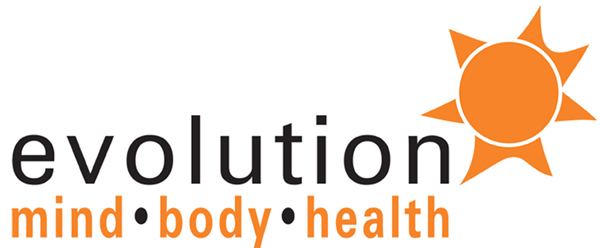
Salt has influenced my life. I didn’t even realize it until now.
From the time I can remember my father had high blood pressure. When I say high, I mean really, dangerously high blood pressure. My parents were also ahead of their time, they believed that their lifestyle could change their health. It’s true, we know that for a fact now, but their beliefs were not in the mainstream then (or even now).
Because of my dad’s high blood pressure we never had salt. It wasn’t in the food prepped or on the table. I don’t use it now unless I am baking and then usually half of what is called for. Everyone always says it adds flavour, I have never noticed. I think it is more about what you are accustomed to tasting. Often when we go out to eat I find food tastes only like a mouthful of salt. My point is that if you don’t use it, you do taste flavours and you are healthier.
If you have been told to avoid salt maybe you have taken the salt off the table too. Great idea. When we were at Canyon Ranch last week I noticed they didn’t have salt on the tables. There were pepper and spice grinders, but no salt. They had put it on a condiment tray where you had to get up and walk over to get it. A subtle but important, step in reducing consumption. In Slim By Design, researcher Brian Wansink proves that making things a little inconvenient makes the difference between mindless consumption and successful lifestyle change.
However, the salt shaker is not where most salt in our diet comes from. We should have 1500 mg or 3.75 teaspoons per day. The average intake is 3400 mg per day, double the recommended limit. The Harvard School of Public Health states that people with high sodium intakes have higher blood pressure, leading to higher risk of stroke, heart disease, and heart failure. They also link salt with a higher risk of cancer, especially stomach cancer and osteoporosis.
75% of salt in the average North American diet comes in processed foods. Convenience foods, prepackaged foods, bread, cheese and premade foods. The highest amounts are found in deli meats, breakfast cereals, vegetable juice, canned vegetables and beans, condiments, frozen meals, spaghetti sauce, bread, dairy products and canned fish.
The fancy Himalayan or rock salt, won’t make any difference to your health, it just looks nicer.
You can reduce your salt intake by cooking dried beans or pre-rinsing canned beans with water, preparing your own foods and freezing them for convenient snacks later, avoiding dairy products (cheese is especially high in salt) and reading food labels.
A quick and easy way to tell if a food has too much sodium? If the milligrams of sodium is more than the calories per serving avoid it.

The European Society of Cardiology recently showed that high salt intake doubles the risk of heart failure after a 12-year study of more than 4,000 people. They say,
The study measured urine and blood levels for analysis of sodium intake. The World Health Organization (WHO) recommends a maximum of 5 grams of salt a day and our physiological need is about 2-3 grams per day, some of the people in the study were eating up to 14 grams per day. Which is fairly easy to do if you are primarily eating premade and processed foods.
High salt diets also may delay puberty, deplete calcium, increase the risk of multiple sclerosis, high salt intake is also associated with increased risk of developing type 2 diabetes, and in smokers increase the risk of rheumatoid arthritis. Aging also increases the effects of salt on your health.
The best ways to limit your salt intake and stay healthy is to eat whole, unprocessed foods, read the labels and season with spices. Limit your salt intake and stay healthy.
Change your mind, change your health,
Shayla
Eat better, live better and feel better.
Do you want to be your best at any age? Tired of feeling old and tired? You can make healthy changes at any age. It is not too late to put yourself on the "to-do list". Start looking better and feeling better right now.
Sign up to start changing how you feel about your age today!

You must be logged in to post a comment.